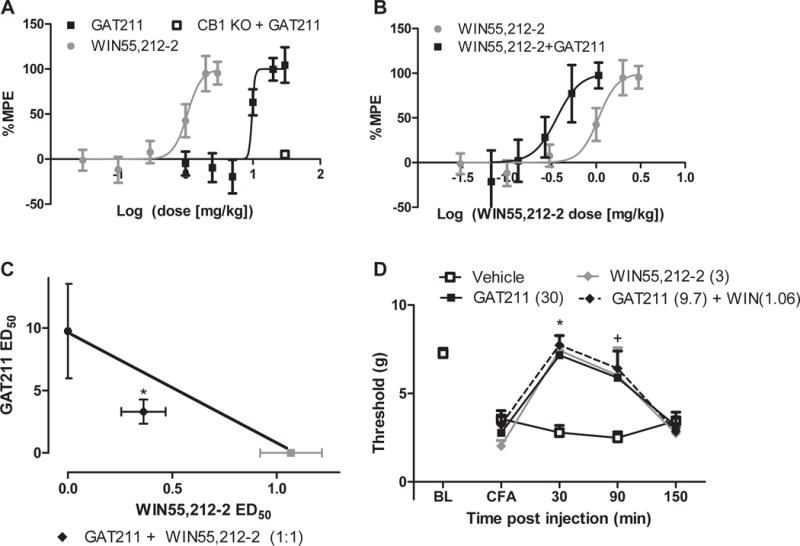Figure 1. GAT211 produces dose-dependent anti-allodynic effects in CFA-treated mice.

(A) GAT211 (1, 2.5, 5, 10, 20, 30 mg/kg i.p.), WIN55,212-2 (0.01, 0.03, 0.1, 0.3, 1, 2, 3 mg/kg i.p.) suppressed CFA-induced mechanical allodynia. GAT211 (30 mg/kg i.p.) was devoid of anti-allodynic efficacy in CFA-treated CB1 KO mice. (B) When administered in a 1:1 combination based on ED50 values, GAT211 shifted the dose-response curve of WIN55,212-2 leftward. (C) GAT211 synergized with the orthosteric cannabinoid agonist WIN55,212-2. (D) Timecourse of anti-allodynic efficacy of active GAT211 (30 mg/kg i.p.), WIN55,212-2 (3 mg/kg i.p.) and combination (GAT211 (9.7 mg/kg i.p.) + WIN55,212-2 (1.06 mg/kg i.p.) relative to vehicle. Figure legend shows dose administered for each compound (mg/kg i.p.). Data are expressed as mean ±SEM (n = 6 per group). #P<0.05 vs. pre-paclitaxel baseline, repeated measures ANOVA. *P<0.05 all groups vs. vehicle, +P<0.05 GAT211 20 mg/kg i.p. and 30 mg/kg i.p. vs. vehicle two-way ANOVA followed by Bonferroni post hoc test.
